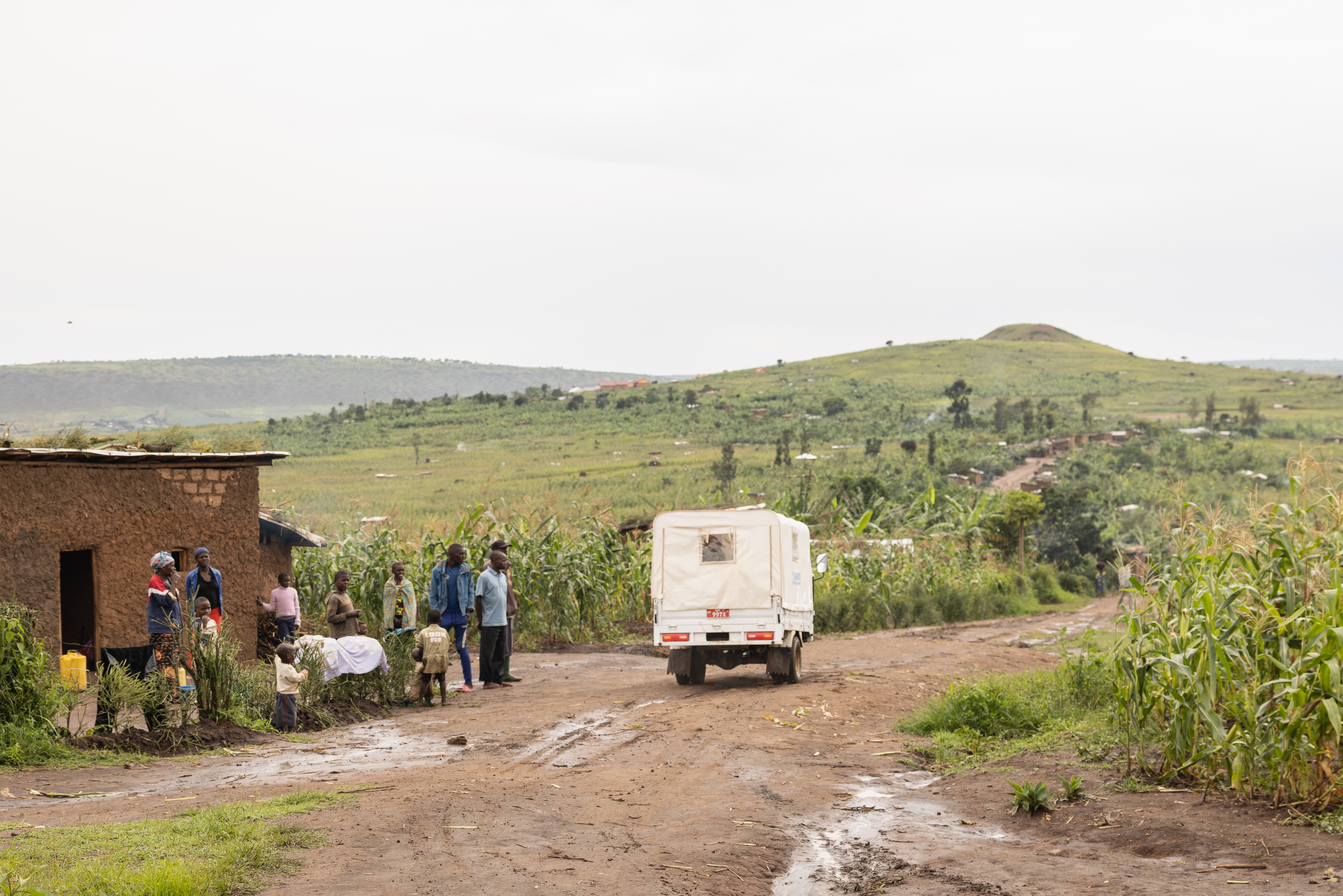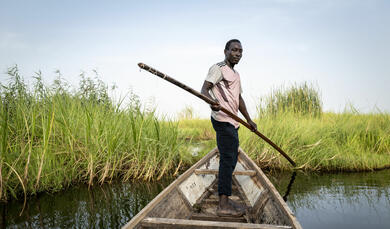The Approach
In situations of violence, civilians and communities engage in self-protection actions to keep themselves, their families and their communities safer. This can involve engaging with armed actors, as both perpetrators of violence and potentially providers of protection, resulting in both positive and negative outcomes.
The humanitarian coordination system – and specifically, the Global Protection Cluster – offers an opportunity to support greater visibility of, enhanced practice and deeper learning related to community-based/community-led protection programmes as enablers in community-led protection. The GPC is thus committed to expanding the traditionally top-down, state-centric mode of protection work, recognising and promoting how protection is an activity done by affected populations, not just for affected populations. There is also an opportunity for sharing emerging and good practices, learning, strengthening networks and providing a platform for strengthening synergies between protection and peace action.
The Task Team on Community-Led Protection
The Task Team on Community-Led Protection will focus on promoting a more coordinated approach to supporting affected populations to strengthen their own agency in conflict, to promote ownership over their own safety, and recognise their capacity to mitigate and prevent violence and the risks they may face. Initially, it will focus on the following objectives:
- Promote common understanding of community-led protection, its impacts and enabling factors in the the humanitarian sector
- Increase visibility of locally led protection action and community self-protection in the international humanitarian protection coordination, including more explicit recognition and inclusion of Community-Led Protection in relevant HNOs, HRPs and pooled fund processes
- Define ways of working for a GPC working group that is led by local actors and the approaches, principles, capacities needed for this.
- Building a community of practice to exchange learning, best practices, and challenges for crisis contexts
- Preparing the establishment of a working group on Community-Led Protection to take over from the Task Team
The Task Team is co-led by Oxfam and the Norwegian Refugee Council (NRC) and comprised of a range of GPC members, including NGOs, INGOs, networks, UN agencies, field Protection Cluster coordinators and members and AoR/other Task Team representatives, with advocacy expertise and interest.
Download the Terms of Reference
Community-Led Protection Task Team
Carolina Franceschini
Community-Led Protection Task Team Co-leadNorwegian Refugee Council
Mail: [email protected]
Armel Rusake
Community-Led Protection Task Team Co-leadCentre de Développement Intégral de l'Enfant Rural
Mail: [email protected]
Melanie Kesmaecker-Wissing
Community-Led Protection Task Team Co-leadOXFAM
Mail: [email protected]








